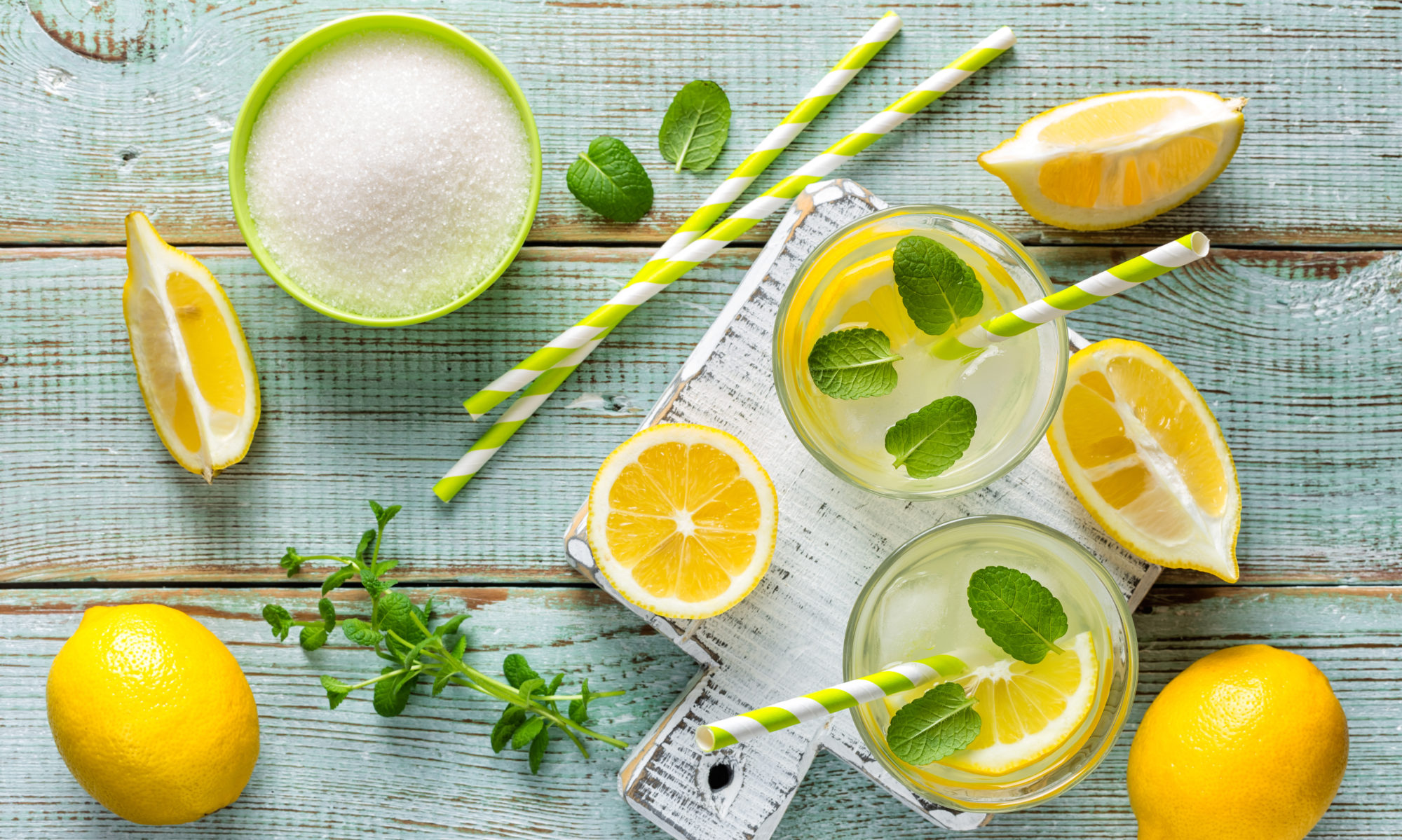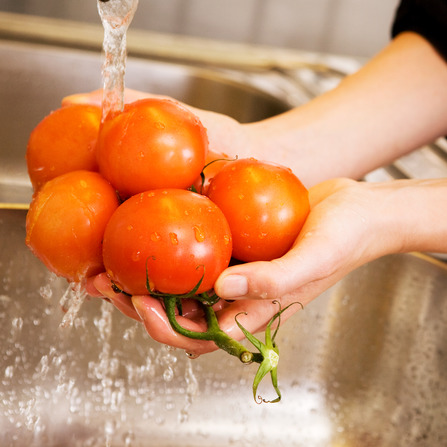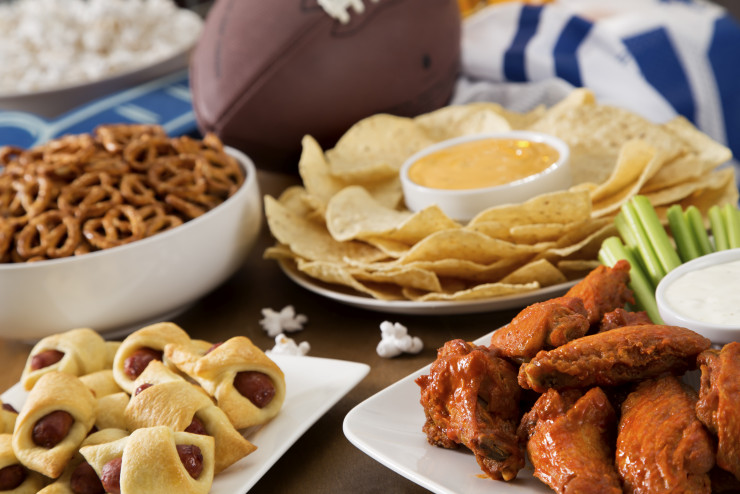Do you find your activity level changes with the seasons? Exercise is an important part of weight management and overall health and it’s imperative to maintain an exercise routine year round. Summer heat can be particularly challenging for outdoor exercise. And while you can certainly exercise indoors, most of us want the fresh air and sunshine that we’ve missed while hibernating indoors during winter months. So, rather than letting the summer heat make you give up your favorite outdoor activities take some simple precautions to keep moving.
Heat-Related Illness
Heat-related illness is our biggest concern when it comes to being active in the heat. Here’s a rundown of different potential illnesses that you should be aware of during exercise:
- Heat cramps are muscle spasms that result from loss of a large amount of salt and water through exercise.
- Heat syncope is a form heat illness that may cause lightheadedness or fainting.
- Heat exhaustion is a condition whose symptoms may include heavy sweating and a rapid pulse, a result of your body overheating.
- Heat stroke occurs due to the failure of the body’s temperature-regulating mechanism when exposed to prolonged heat exposure. Heat stroke is life-threatening and requires immediate medical attention.
If you experience any of these illnesses you need to cool down fast. Take off any extra clothing, place cool wet towels or ice packs on forehead, neck, an under arms or take a cool bath if possible. Make sure to drink plenty of water. If your symptoms do not improve seek medical attention.
Safety First
Follow these simple guidelines to prevent heat illness and get the most from your workouts.
- Pay attention to the heat index; both heat and humidity can affect your body’s ability to cool off.
- Take time to acclimate to higher temperatures if you have been exercising in cooler temperatures until now. Exercise at a lower intensity until your body adjusts.
- Avoid exercising in the middle of the day, when the temperature is the hottest. Try exercising in the morning or evening for cooler, more comfortable temperatures.
- Wear light-colored, loose fitting, and breathable clothing.
- Wear plenty of sunscreen to protect yourself from sunburn
- Exercise in the shade when possible.
- Stay hydrated and drink plenty of water. Do not wait until you feel thirsty to drink.
Think Outside the Box
To get more out of your summer workouts, veer from your normal routine. Exercise in a pool or lake to keep cool. There are plenty of fun activities you can do in the water like swimming, water aerobics, kayaking, or paddle boarding. You can also hop on your bike or rollerblades to create your own cool breeze to keep you cool and active. Join an early morning or late evening exercise group for a good workout while enjoying some fun social time. There are plenty of ways to make summer work for you and take your exercise to a new level.
 Carolyn Reynaud, MS, RD, LD is a licensed registered dietitian. She received her BS in nutrition from Michigan State University and her Masters and Certificate in Public Health from Georgia State University. She has experience working in several avenues of health care including corporate wellness, clinical disease management, research, and health promotion. She has been working as a health coach specialist for close to 6 years, where she counsels patients on preventative healthcare and helps them meet their health goals. Follow her on Twitter @ReynaudCari.
Carolyn Reynaud, MS, RD, LD is a licensed registered dietitian. She received her BS in nutrition from Michigan State University and her Masters and Certificate in Public Health from Georgia State University. She has experience working in several avenues of health care including corporate wellness, clinical disease management, research, and health promotion. She has been working as a health coach specialist for close to 6 years, where she counsels patients on preventative healthcare and helps them meet their health goals. Follow her on Twitter @ReynaudCari.













